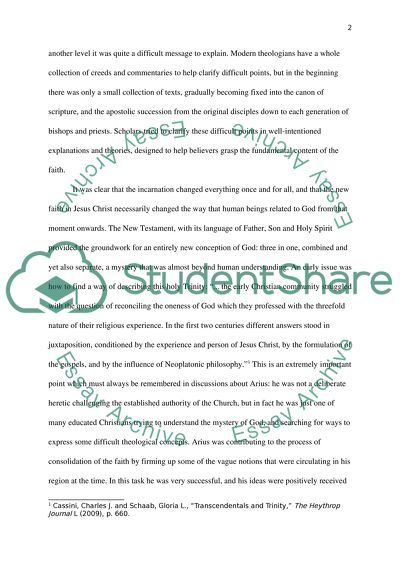Cite this document
(“Religion and Theology: Jesus as Subordinate to the Father Essay”, n.d.)
Retrieved de https://studentshare.org/religion-and-theology/1391208-jesus-as-subordinate-to-the-father
Retrieved de https://studentshare.org/religion-and-theology/1391208-jesus-as-subordinate-to-the-father
(Religion and Theology: Jesus As Subordinate to the Father Essay)
https://studentshare.org/religion-and-theology/1391208-jesus-as-subordinate-to-the-father.
https://studentshare.org/religion-and-theology/1391208-jesus-as-subordinate-to-the-father.
“Religion and Theology: Jesus As Subordinate to the Father Essay”, n.d. https://studentshare.org/religion-and-theology/1391208-jesus-as-subordinate-to-the-father.


